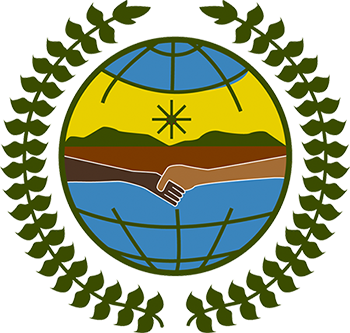Responses
The Government of Mexico states the following in its report to the fifth session (E/C.19/2006/4/Add.3):
At the fifty-sixth session of the General Assembly, the President f Mexico, proposed the elaboration of a convention on the rights of persons with disabilities. To that end, an Ad Hoc Committee was estalished to draft the convention. The Committee has held seven sessions, in which Mexico has participated constructively to reach agreement. In order to achieve sufficient coordination among the relevant areas of the United Nations, Mexico has supported a number of resolutions in the General Assembly (from 2002 to 2005), the Commission for Social Development (2003 to 2006) and the Commission on Human Rights (2003 to 2005). Mexico is convinced that a draft convention could be submitted for adoption to the General Assembly in 2006.
ECLAC Reports (2010): Se ha desarrollado un Banco de datos sobre pueblos indígenas PIAALC, el cual contiene el Sistema de indicadores sociodemográficos de pueblos indígenas de América Latina – SISPPI, indicadores sobre juventud indígena, indicadores a nivel municipal, e información sobre migración interna. El banco contiene aproximadamente 2000 tabulados con información demográfica, migración, salud, empleo, desagregada por grupos étnicos, sexo, zonas geográficas, entre otras. (Disponible en el sitio Web www.eclac.cl/celade/).
 Welcome to the United Nations
Welcome to the United Nations
